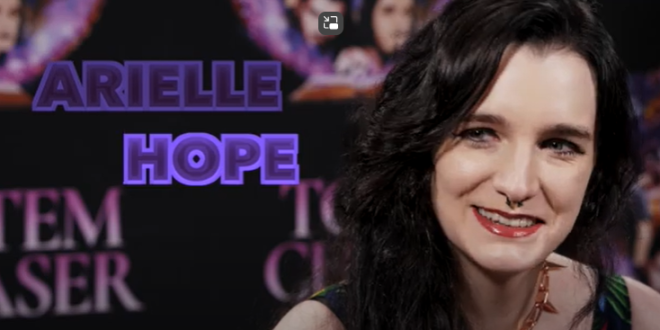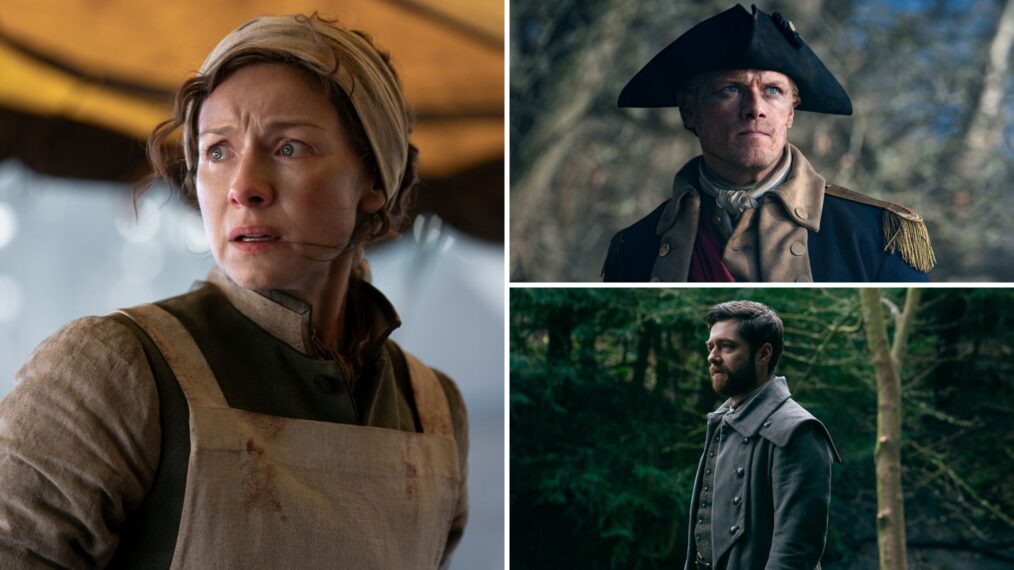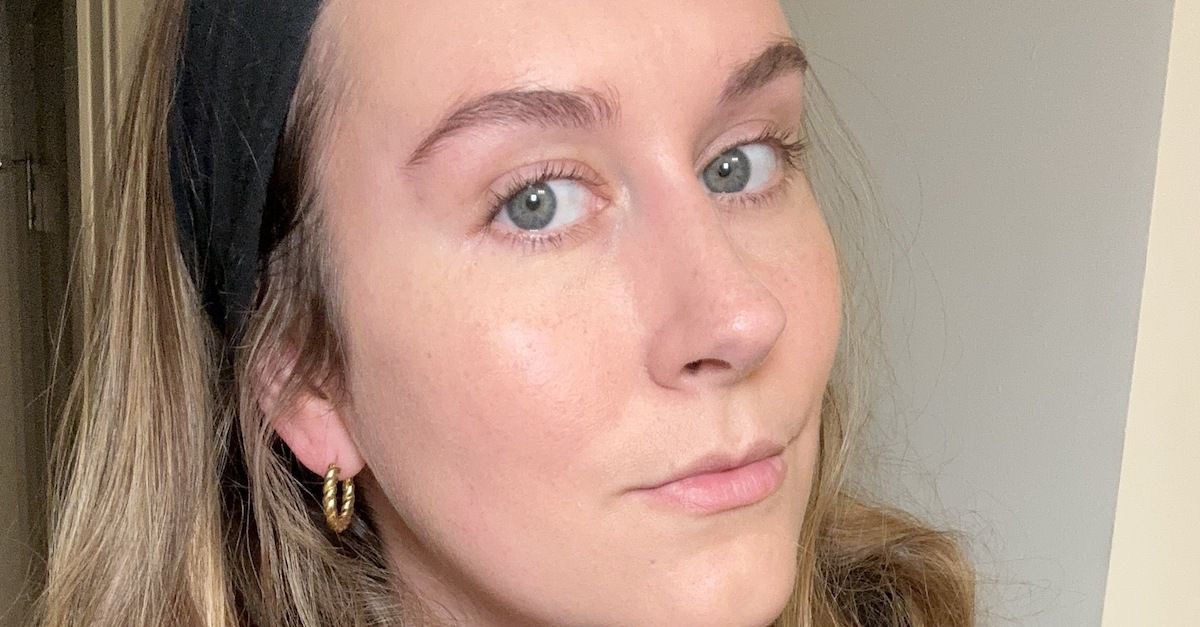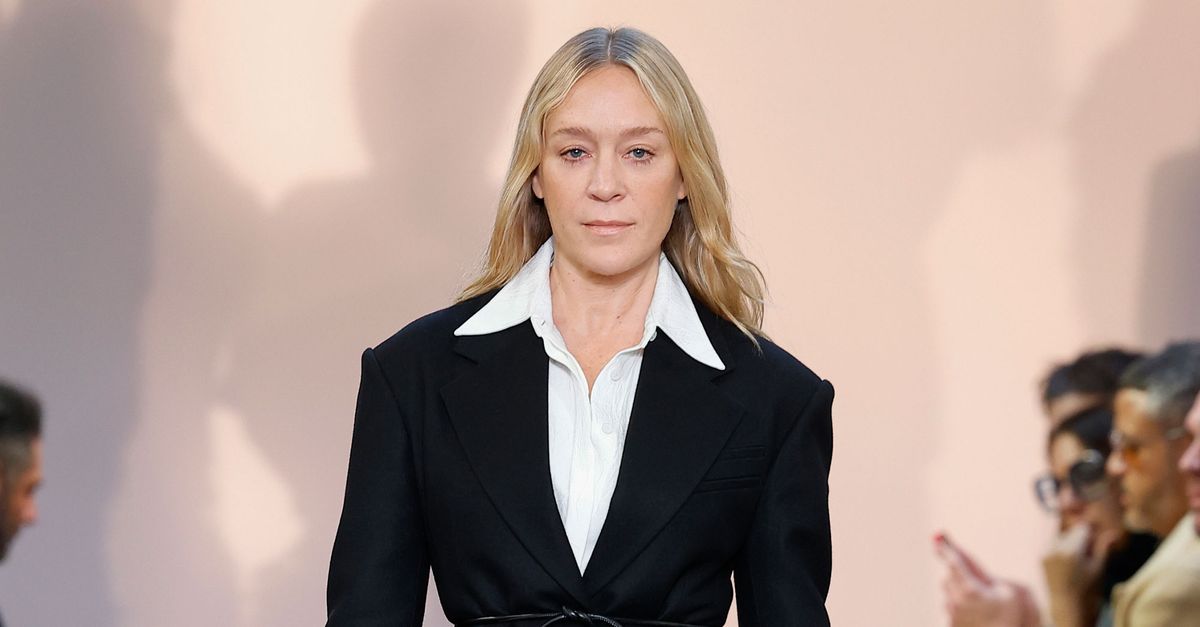We’re traveling back to the prairie as the charming and cherished series turns 50.
I grew up on Little House on the Prairie with my family and my best friend. It was an important part of my childhood, as we learned invaluable lessons about family love, community, and true friendship.
While the series was a hit in the 1970s and 1980s, not even the cast knew the impact the series would have on audiences 50 years later.


We watched the Ingalls family and their friends experience trials and triumphs together for nine seasons and three movies.
The pilot movie and the first season more closely mirrored Laura Ingalls Wilder’s books, while Michael Landon added creativity and more characters to the later seasons.
The books and the series taught us valuable lessons about frontier life, family, and injustice. I viewed some of them differently as a child than an adult, but they stayed with me for years.
Home is the Nicest Word There Is


Laura says these words in the first episode of “Harvest of Friends,” and this phrase sets the tone for the entire series. Along with “Home is where the heart is,” it’s essential to remember.
The Ingalls family can weather anything as long as they are together. They left Walnut Grove a few times, and Charles always said he hated the city, but he could handle it if his family were together.
They lasted almost the longest in Winoka when they moved when Mary and Adam opened a blind school there, but ultimately moved back to the little house, bringing Albert with them.
Charles had difficulty leaving Mary behind, but part of his heart still belonged with the little house, and he had to let his oldest daughter grow up.
Everyone Needs a Friend Like Mr. Edwards


We all need a true friend like Mr. Edwards, who will walk through a snowstorm to ensure your children have Christmas gifts or go with you anytime to search for one of your missing children.
Victor French (Mr. Edwards) had a wonderful rapport with his cast mates, but he was closest to Michael Landon and Melissa Gilbert, which showed in his on-screen relationships with Charles and Laura.
He was there from the beginning to assist in building their house in Kansas to the end when Albert was dying. When Mr. Edwards needed help becoming sober, Laura was the one to take him in after almost everyone else gave up on him.
These are the type of friends who are like family, who are there for you and your family throughout your entire life.
Charles Ingalls Was the Ultimate Girl Dad


Charles Ingalls was the ultimate girl dad in the 1970s and 1980s. He and Laura had a special relationship, though he also deeply loved Mary, Carrie, and Grace.
It’s been bittersweet rewatching these episodes because my mom named me after Laura Ingalls Wilder.
My dad nicknamed me “Half-Pint,” just like Charles called Laura because of my love of the show. It made me miss my dad, who died several years ago.
Everyone assumed Charles wanted a son, but he had many heart-to-heart talks with his daughters, especially in the loft or by the lake.
He knew how to make each one feel special as he mended a broken heart and enveloped them in his safe arms.


One of the best things about small towns is that you know your neighbors, and they chip in to help when needed.
One of the biggest lessons I learned from Little House on the Prairie was the importance of compassion and sticking together as a town.
The Ingalls were isolated in Kansas except for Mr. Edwards, so they were surprised at how quickly the men came to help Charles when he needed help stacking wheat when he was injured.
But that was only one of dozens of times that the town came together. One of my favorite episodes was “The Inheritance,” when Charles thinks he inherited lots of money from a rich uncle, but it’s counterfeit.
The Ingalls almost lose everything, but their friends buy their land and horses for mere pennies so Charles can easily buy it back.
Another time, when the town fell apart, the Ingalls and the Garveys led the charge to rebuild it and show that there was still life in it. It was the last time Mr. Hanson, one of the original town leaders, was featured.
Women Can Do Anything Men Can


While many gender stereotypes believed men worked the farm, and women belonged in the kitchen, Little House put those to rest.
Caroline and Laura worked in the fields planting potatoes and planting trees to help keep their families afloat, even when they were pregnant. Even young Carrie helped with the potato and vegetable crops.
When the Ingalls and Garvey families rebuilt the town, everyone — men, women, and children tore down weeds and washed and repainted buildings.
In a twist of fate, Harriet and Nellie Oleson’s husbands were better at cooking than they were.
Nellie eventually learned, but Harriet never mastered it, and Nels just realized his wife had other talents, such as running a business.
Failing is a Part of Trying


The parents of Little House on the Prairie had more realistic expectations of their children. They were proud of them no matter what since they knew most kids worked hard on the farm, too, which also taught them life lessons.
The Ingalls knew this and reiterated to Mary and Laura that failure was a part of trying.
Mary set unrealistic expectations for herself since she thought the entire town would be disappointed that she only won second place in a math competition that the town paid for.
At an early age, Laura strived to be as perfect as her older sister and failed the graduation exam.
Almanzo even shared that his sister failed the teacher’s entrance exam multiple times to cheer Laura up.
Nowadays, children face higher expectations and many don’t take life skills classes in school any longer.
Having Faith


Having faith was imperative, especially during times of trial.
It was never more important than when Caroline cut herself with some infected wire while the rest of the family was away.
She used her faith and her experience to cut and dress the wound herself before she died.
Reverand Alden was vital to spreading that faith, especially with the children. He talked to a young Laura and, years later, to Jenny Wilder (a young Shannen Doherty) about being close to God and heaven.
Laura even took things literally and climbed a mountain to be closer to God when she prayed. Usually, we knew that the Reverand meant that God knew best and you didn’t need to go that far.
DNA Doesn’t Make a Family; Love Does


While this is the theme of The Fosters, it symbolizes Little House on the Prairie, too.
It was the first show to showcase adoption, which meant so much to me being an adoptee.
Mr. Edwards and Grace Snyder got married in Season 2 and adopted three children, but the idea didn’t take off until the Ingalls adopted Albert in Season 5.
The series highlighted real issues in blended families, such as Laura getting jealous over the attention Charles gave Albert since she was used to being his favorite.
Similar issues occurred again when the Ingalls home became more crowded with more orphans, James and Cassandra.
The family loved them as their own, but James often annoyed Albert by always wanting to follow him everywhere.
We even saw an orphanage when the Olesons adopted a little girl after Nellie moved away, and Harriet needed another one to fuss over. Things were different then, but ensuring children had a home was imperative.
Marriage is Forever


Unlike today, where divorce is common, marriage lasted forever on the prairie, and almost all main marriages were tested often.
Things often seemed simpler then, but Charles and Caroline’s marriage was tested when their son died, and they had to move often because of floods and failing crops. Back then, you chose to stand by your partner and fight alongside them.
Mary and Adam were tested often because of Mary’s fear of raising a family with two blind parents. While it was wonderful, it was quite an adjustment when Adam regained his sight in a freak accident.
Even the Olesons’ marriage was entertaining to watch. Harriet Oleson was usually bossy, but Nels admitted he loved her.
They just had the opposite of most traditional roles since Nels cooked better than Harriet, but it worked for them.
Be Grateful for Modern Medicine


Dr. Baker worked harder than anyone on the series, and it was often a thankless task.
The townspeople people blamed him when their loved ones died of diseases like Anthrax or Smallpox.
There was only so much a small-town doctor could do, especially when most patients paid him not in cash but in chickens.
It makes you thankful for modern medicine, hospitals, and insurance that provide vaccines and treatments nowadays.
Poor Dr. Baker grew so weary, but most of the time, you never knew it.
Tolerance Goes a Long Way


Some of the episodes that dealt with racism or religion may seem outdated now, but they were progressive during the late 1800s and often involved a white person realizing the error of their ways.
Blind Journey is one of my favorites because initially, Mrs. Oleson reacts as racist towards Joe Kagan as Mr. Larabee.
However, when she overhears a black little boy, Samson asks Joe Kagan why she doesn’t like him; she re-evaluates her position and sees them as merely two different colors.
Racism was a common theme in the series, and Dr. Ledoux experienced it when he joined Dr. Baker’s practice since most of the town was stuck in their ways and didn’t want an African-American doctor treating them.
The series also covered how the Olesons and Percival’s parents refused to budge on the religion of their grandchild, per the custom of the first grandchild. They all had to learn to tolerate both Christian and Jewish customs.
The Darkest Hour is Just Before Dawn


Little House on the Prairie symbolizes this: after a tragedy, a small miracle occurred. In other words, you had to keep the faith.
This happened to Mary more than anyone.
She became blind, but after moving to the blind school, she met her husband, Adam. Adam was in an accident but regained his sight and later became a lawyer.
Laura and Almanzo lost everything when Almazo had a stroke and couldn’t work, and a hailstorm destroyed their crops.
After a tornado destroyed their house and Laura broke down, Almanzo finally decided to walk again and rebuild a house.
These are only a few of the lessons I’ve learned from Little House on the Prairie. If I listed all of them, we’d be here forever. If that’s not an indication of a well-written show, then what is?
What lessons did you take away from the series? We’d love to hear your thoughts below.






































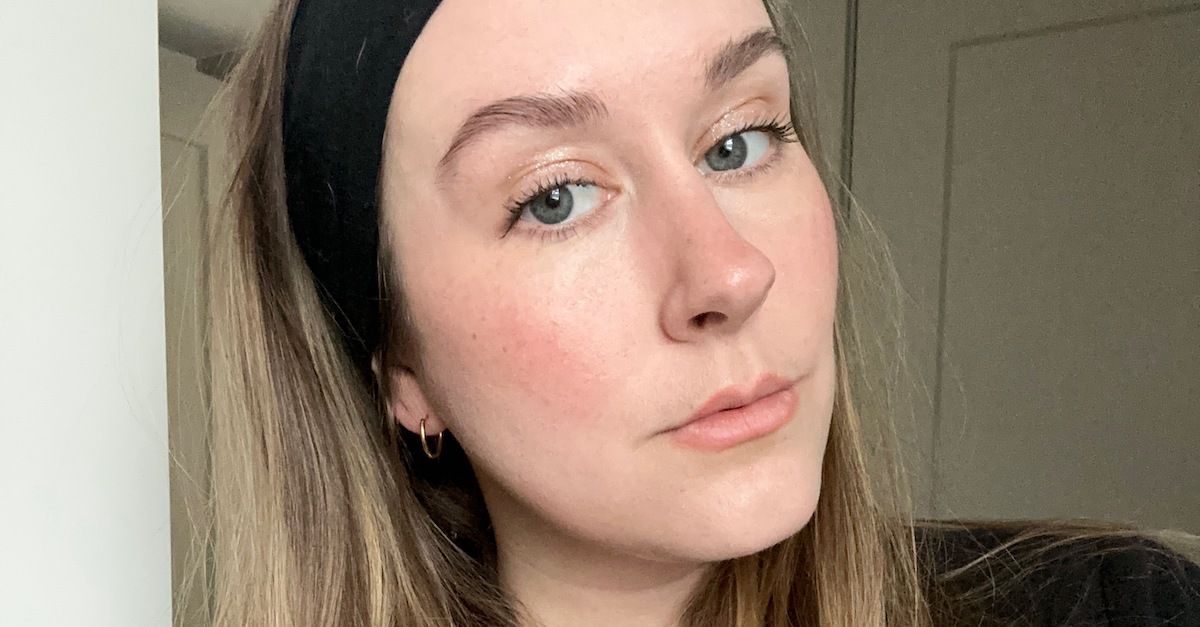



















![Mason Ramsey – Twang [Official Music Video] Mason Ramsey – Twang [Official Music Video]](https://i.ytimg.com/vi/xwe8F_AhLY0/maxresdefault.jpg)





